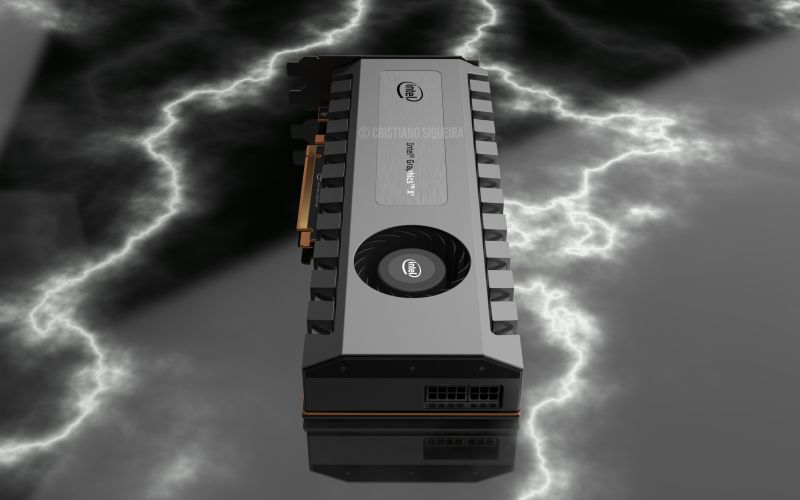Specifically, Intel says that its Xe GPU architecture roadmap for its data centre optimisation includes “ray-tracing hardware acceleration support for the Intel Rendering Framework family of API’s and libraries.” Beyond that, there’s no additional information about the ray-tracing. However, Intel did list down a list of other open-source rendering kernels and middleware. Including Embree, OSPRay, OpenSWR, and Open Image Denoise. Embree, in particular, is a recent pride point for Intel, as it is currently used in animated film rendering. The most recent title to benefit from this technology is How to Train Your Dragon: The Hidden World; Dreamwork’s third and final instalment to the series. Apart from that, there’s still no word about when Intel intends to officially launch its consumer-level Xe-powered graphics card. Ray-tracing is clearly the next step in the realm of graphics fidelity. While GPU maker NVIDIA and its Turing-driven RTX series graphics cards may be the current king of the hill in the industry, Intel is fully aware that hardware acceleration -not software – for ray-tracing is crucial. (Source: Intel via Techradar // Image: Techradar)
